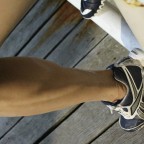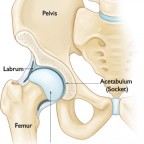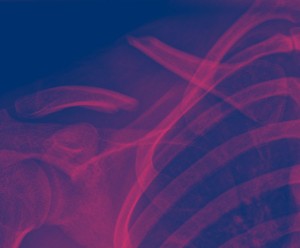Lightning strikes twice! Indiana Pacers All-Star Paul George has broken his leg while playing in the Team USA Blue White scrimmage. It has been just over one year since Louisville Cardinals guard Kevin Ware suffered a similar open tibia fracture while attempting to block a shot. Kevin's response to Paul's injury:
Man..
— Kevin Ware (@5Juice) August 2, 2014
For more info about open fractures - click here
Warning: graphic footage
Thanks everybody for the love and support.. I'll be ok and be back better than ever!!! Love y'all!! #YoungTrece
— Paul George (@Paul_George24) August 2, 2014




